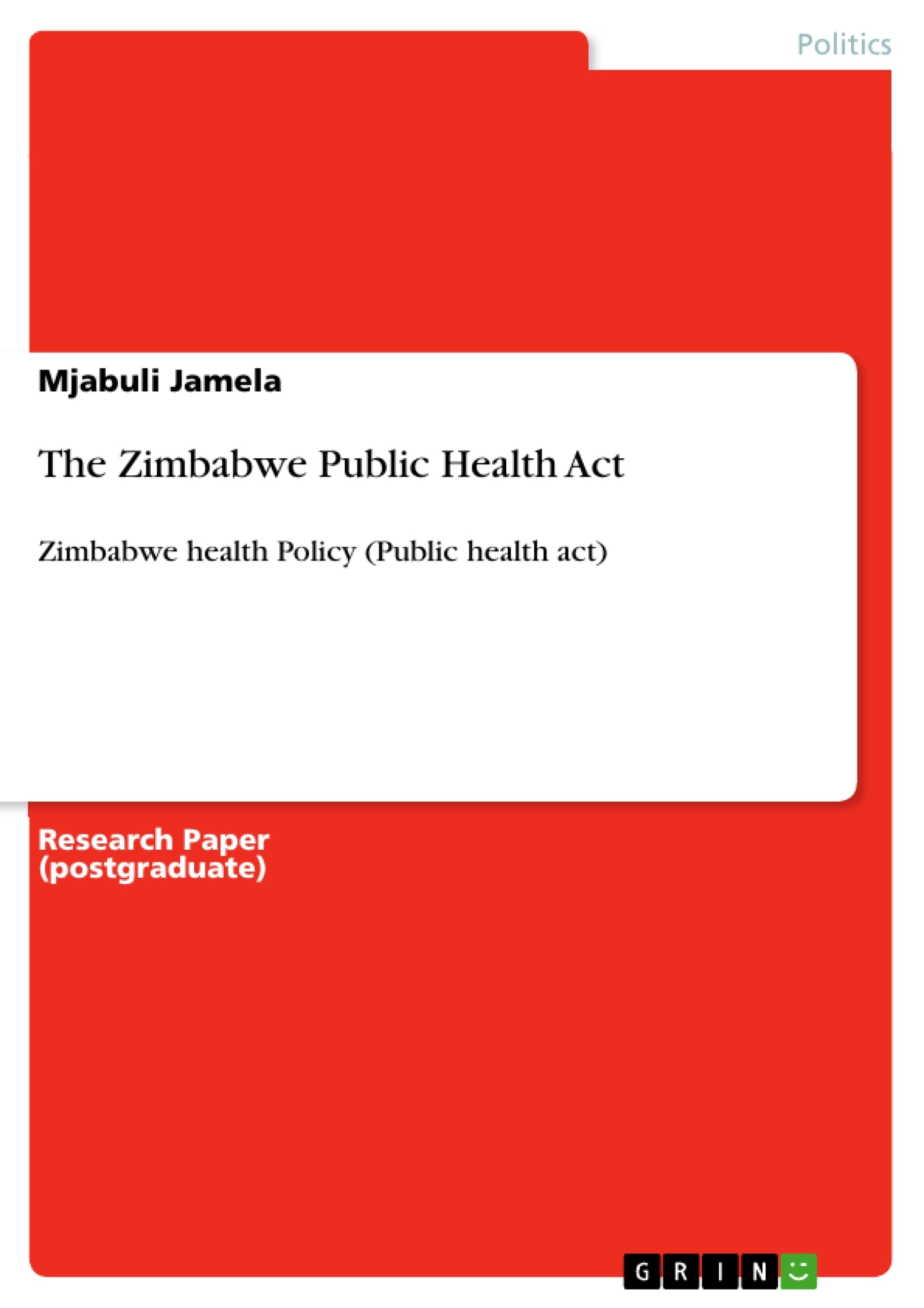What is the purpose of this document?
This document provides a language preview of a paper that analyzes a specific public health policy. It includes a table of contents, objectives, key themes, chapter summaries, and a list of key words. This information is intended for academic use in analyzing themes in a structured and professional manner.



